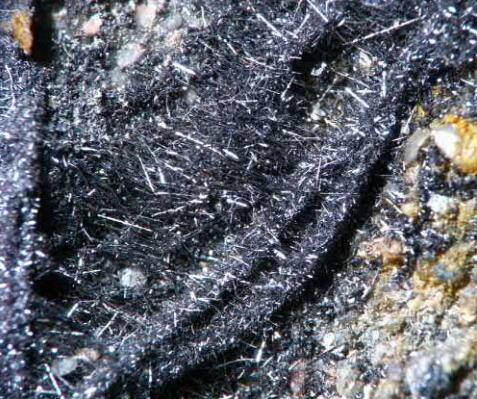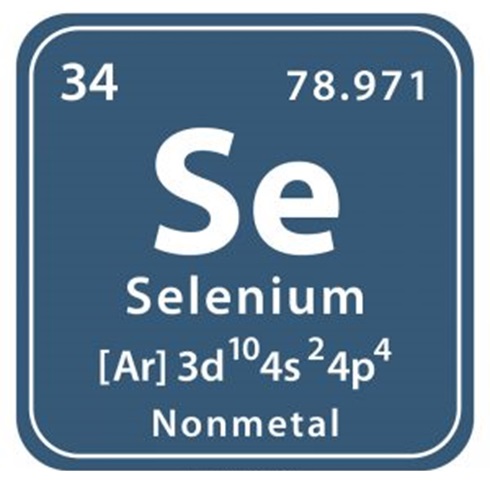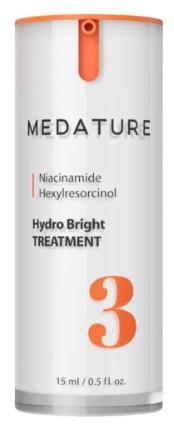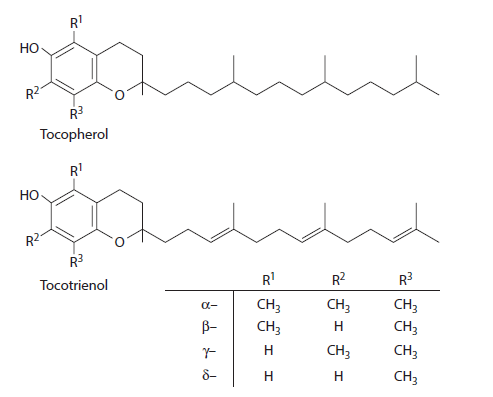Use of Selenium
Selenium (Se) was recognized to be an essential trace element in humans and animals in the late 1950s. Se is a specific component of important selenoproteins and Se-dependent enzymes required for antioxidant defense, reduction of inflammation, as well as thyroid hormone production and many other metabolic functions.
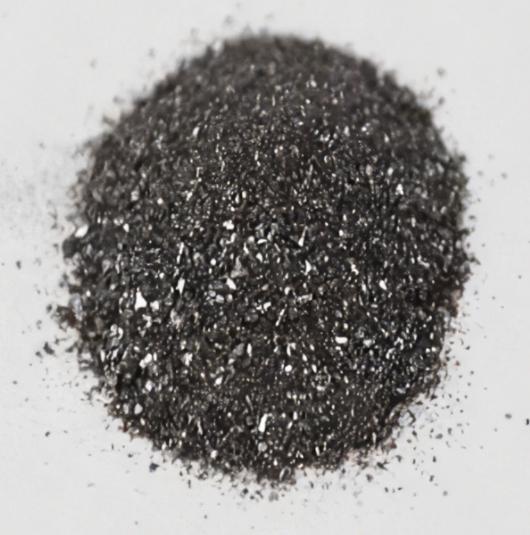
Uses
Se is also essential for optimal humoral and cellular immunity.This trace mineral can be converted to Se metabolites that have been shown to reduce the blood supply to tumors and to kill cancer cells.Se may even prevent cancer metastases by anti-angiogenesis, cell cycle arrest, and apoptosis of tumor cells, inhibition of local invasion and migration, and enhancement of carcinogendetoxifying enzymes.
Because previous epidemiological studies showed an inverse correlation between soil Se levels and cancer mortality rates, and several early, retrospective case studies detected significant inverse correlations of the incidence of internal neoplasms with blood Se concentrations,correlations with skin cancer incidence were investigated. Indeed, patients with malignant melanoma were found to have significantly lower levels of serum Se, and patients with more advanced disease (stage III disseminated melanoma) had the lowest levels. In a transgenic mouse model, topical treatment with L-selenomethionine (SeMet) resulted in a significant delay in the time required for melanoma development (though established tumors grew more rapidly).
Patients with cutaneous lymphoma (Sezary syndrome as well as mycosis fungoides) were found to have decreased serum titers of Se, and stages III and IV had significantly lower levels than the earlier stages I and II.Also, the patients with Sezary syndrome or mycosis fungoides who responded less well to therapy were found to have lower levels of Se.These observations led to a retrospective study of 240 non-melanoma skin cancer patients who were found to have a significantly lower mean plasma Se concentration than control subjects without skin cancer.
In fact, those patients whose blood concentrations were in the lower decile had 4.4 times the incidence of non-melanoma skin cancer as those in the highest decile.These positive correlations were followed by an extensive prospective 10-year, double-blind study (the Nutritional Protection of Cancer [NPC] Trial) on 1312 patients who had a prior history of at least two basal cell and/or one squamous cell carcinoma.Oral supplementation with either 200 μg/day SeMet or placebo demonstrated a dramatic decrease in cancer mortality and total cancer incidence (to only 50% and 63%, respectively, compared with non-supplemented patients).
Particularly large decreases in prostate cancer (to 37%), colon–rectal cancer (to 42%), and lung cancer (to 55%) were observed.Unfortunately, in the NPC trial the number of new basal cell or squamous cell carcinomas increased minimally (by 10%).Since the patients in this study were chosen precisely because of their past history of skin cancer (indicating extensive solar damage), this lack of protection suggests that the degree of damage at the onset was so severe that reversal of oncologic potential is not possible. Thus, with some evidence indicating that Se might protect against UV-induced skin cancer, mouse studies were undertaken to investigate this possibility.Previous oral selenium selenite showed.
You may like
Related articles And Qustion
Lastest Price from Selenium manufacturers
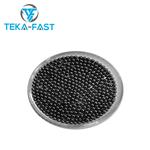
US $0.00/KG2025-03-05
- CAS:
- 7782-49-2
- Min. Order:
- 1KG
- Purity:
- 99
- Supply Ability:
- 200 MT

US $0.00-0.00/KG2025-01-03
- CAS:
- 7782-49-2
- Min. Order:
- 10mg
- Purity:
- 99%
- Supply Ability:
- 2000tons

